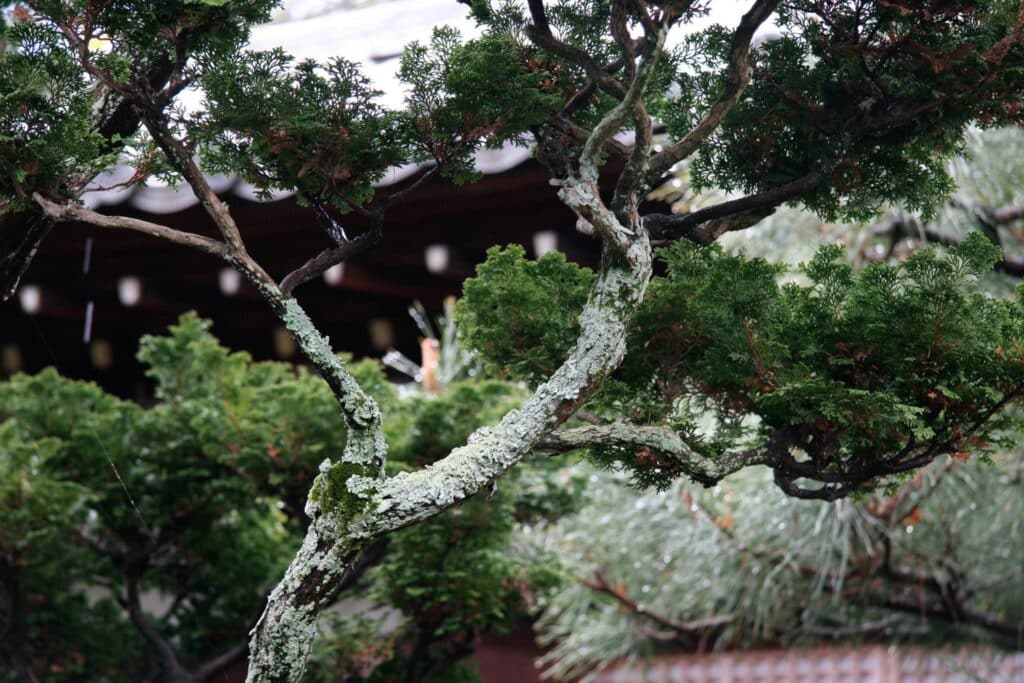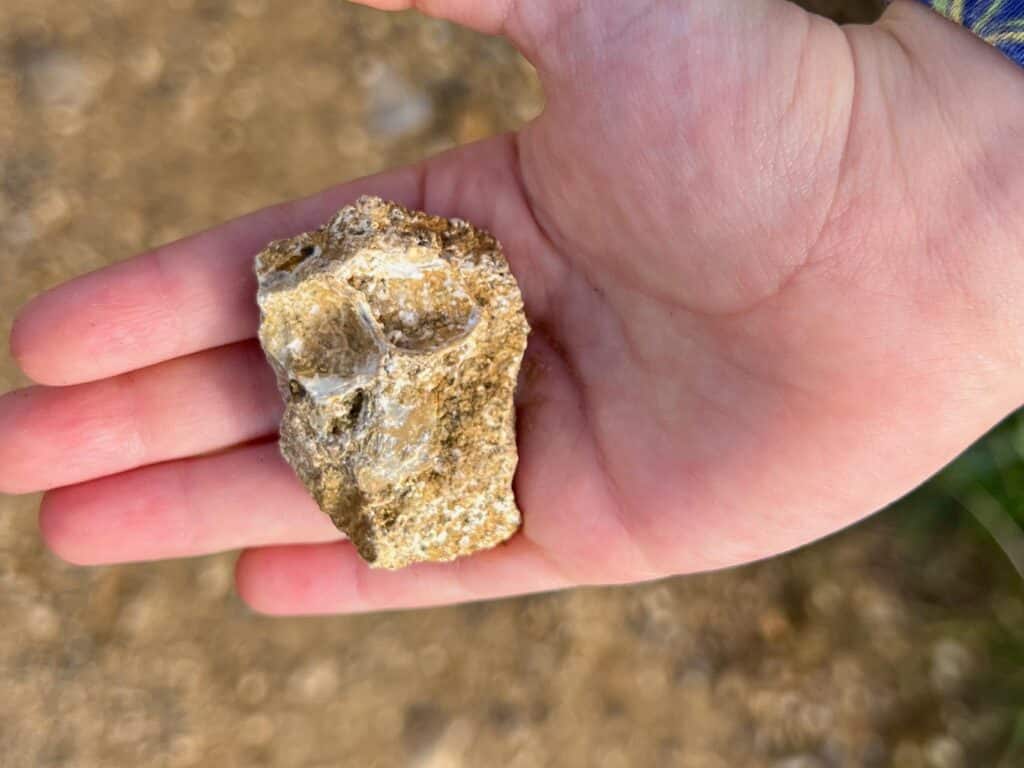The new toys are out of their wrapping.
And the excitement has faded.
What’s left?
What has changed? Did you get the result you wanted?
It’s nice to give a gift. Sometimes that’s the only thing that matters. Here’s something special. I got it for you. I hope it makes you happy.
It doesn’t have to be educational. It’s just a gift. No pressure to get some kind of a result. Fun for its own sake.
The trouble comes when your home fills up with too many things that have no purpose. We all have a corner of our homes overflowing with unwanted toys we can’t bring ourselves to give away.
Here’s a mini-series on getting more fun from the things you already own. Today we start with a slightly sentimental look at old favourites, how they get better with age and the everyday objects we often overlook.
A wabi-sabi New Year
During the festive season, it’s easy to get caught up in the allure of the new.
But in these bleak January days our thoughts turn to more subtle pleasures: the pale beauty of a watery sun and the crunch of frosty grass under our feet.
Like an old toy hidden at the bottom of the basket, winter was there all along, waiting for its turn.
It’s a secret our children have always known but that we have forgotten. It’s wabi-sabi, the Japanese philosophy that finds beauty in the modest and humble, the unconventional and aged, and in the cycle of growth and decay.
Wabi means unmaterialistic, in harmony with nature, and able to find contentment and beauty in simplicity and quietness. Sabi refers to the beauty or serenity that comes with age, when the life of the object and its impermanence are visible in its patina and wear.
Christmas doesn’t last. New toys are only new for one day.
But we love them anyway.
You don’t have to be a Buddhist monk to believe that the present moment is all we ever have, that the past has happened and the future may never come.
Impermanence and imperfection are part of life – and they can profoundly enrich your child’s play.
There is no perfect toy. There is no perfect moment to try that new activity. All you have is what’s in front of you right now.
Play with what you’ve got. Make the best of the time and space available.
That’s the path to creativity – and contentment.
The Velveteen Rabbit
“Real isn’t how you are made,” said the Skin Horse. “It’s a thing that happens to you. When a child loves you for a long, long time, not just to play with, but REALLY loves you, then you become Real.”
And so time went on, and the little Rabbit was very happy–so happy that he never noticed how his beautiful velveteen fur was getting shabbier and shabbier, and his tail becoming unsewn, and all the pink rubbed off his nose where the Boy had kissed him.
The Velveteen Rabbit, by Margery Williams
If you love a toy enough, it becomes Real. That is the story of the Velveteen Rabbit.
Does your child have a toy that has become real?
Kintsugi
My own ‘Velveteen Rabbit’ was called Monkey.
He had lost both his eyes, his beard was threadbare and holes pockmarked his fur after a soaking in orange juice.
Fortunately, my grandmother was a seamstress and she made him a fine new coat. The fabric wasn’t a perfect match and she had to use buttons rather than safety eyes.
But he was still Monkey. And his appearance told the story of how much he was loved.
Like the Japanese art of kintsugi, where damaged ceramics are stuck back together using a golden adhesive to celebrate rather than hide the repair, his button eyes and wonky garments made him more real.

Ruthann Hurwitz, CC BY-SA 4.0, via Wikimedia Commons
Could you apply the idea of kintsugi to one of your toys? How could you make a ‘golden repair’ and bring it back to life?
Perhaps you have a broken Grimm’s rainbow arch. Instead of throwing it away, why not buy some kintsugi adhesive?
How much more would your child venerate a toy that had been smashed and then restored?
It would become the most treasured object in the playroom.
A wabi-sabi approach to play
Good toys get better with age. Our children learn to see their possibilities. New ways to play reveal themselves and old adventures are remembered.
But there’s a tension here. The familiar is boring. Children crave stimulation.
How does wabi-sabi help?
It teaches us to slow down and look at things with new eyes. It’s not about playing with broken toys. It’s about seeing potential, about noticing and appreciating. It’s about second chances.
We learn to focus on the intrinsic value of the experience rather than the novelty of the object.
See the world anew through your child’s eyes
At the heart of wabi-sabi lies an appreciation of the unexciting and the forgotten, a view that resonates deeply with the way children perceive the world.
If you need to be convinced of this, give your child your phone and ask her to photograph things of personal significance in your home. What will she choose?
It won’t be the television or that nice painting you have over the mantelpiece. Instead, she will document things closer to ground level, the world she inhabits:
- A hole in the skirting board where she imagines the Mouse King lives
- A creaking floorboard (she likes the sound it makes)
- A cold window (against which she likes to press her cheek)
- The smooth part of the wooden floor in the hall where she likes to skid in her socks.
- The underside of her bed, where she sometimes retreats.
Can you put yourself in your child’s shoes? If you took away screens and toys – and didn’t replace them with structured activities – could you find ways to keep her occupied and engaged?
Engaging with non-toys that are not ‘perfect’ or ‘complete’ by conventional standards is a subtle yet powerful way to learn adaptability and resilience. Your child learns to see beauty in the incomplete and find innovative ways to fill in the gaps
The activities
Here are some activities that embody wabi-sabi principles for you to try:
- Broken toy day. Dedicate a day to play exclusively with broken or incomplete toys. This encourages your child to think creatively, finding new ways to play with toys that are not in their ‘perfect’ state. For example, a puzzle missing a piece can become a treasure map with an imaginative backstory.
- Storytelling with old toys. Have you ever tried making up a story on the spot. It’s difficult the first time you try but it gets easier with practice. Take an old toy and tell a bedtime story about its adventures. How did it get that torn ear and that damaged fur? My own children are captivated by these tales even though they are far less polished than the books we usually read. There’s something spellbinding about oral storytelling. Without a book to focus on, you make frequent eye contact with the listener and your facial expressions and gesticulations increase the drama.
- Building with recycled materials. Use cardboard boxes, toilet paper rolls, and other recyclable materials to make junk models. Learn to see the potential in discarded materials.
- Patchwork and repairs. My pyjamas developed a hole at the elbow. I was quite fond of them and didn’t want to throw them away. So I cut up an old t-shirt and made a patch to repair them. My children were fascinated by this. Clothes have become so disposable that they assume anything old or worn goes into the recycling and a replacement is delivered by courier the next day. A patchwork quilt is the ultimate expression of this idea, of course, but who has the time for such a big project? But you can do the next best thing – cut old clothes into strips and weave them together, a brilliant fine motor, working memory and praxis activity. Google ‘DIY rag rug’ for inspiration (though you don’t have to make a whole rug!). Easiest of all is collage using old fabric scraps or paper. Our children come to see that even old and discarded materials can contribute to something beautiful and meaningful.
- Notice a plant. Even if you don’t have a garden, is there a plant that you see every day? It might be on your walk to the shops or at the park. Best of all, grow a bulb. You want something that changes quickly, that flowers or fruits, or whose leaves turn and fall. Give your plant a name. How is Colin the Daffodil doing today? Look! I think he has grown! His flower is about to open. It’s too late to plant bulbs now but you can buy one in a pot that’s ready to grow. It’s the most exciting time of the year, waiting for that first bloom. What better way to learn about impermanence than watching a plant grow and then wither.
- Nature art with fallen leaves and twigs. Collect leaves, twigs, and stones and use them to create transient art.
- Imperfect stones. On your next walk, collect stones that are not smooth or perfectly shaped. Look for patterns. Do they remind you of anything? Read more about looking for patterns and finding meaning in disorder: Pareidolia.
- Toy ‘hospital’ day. Have a day where you and your child fix broken toys together. This can be as simple as sticking a torn book or sewing a loose button on a stuffed toy.
- Rag dolls. Use old fabric scraps to make simple dolls.
- Mismatched sock puppets. Even easier, make sock puppets with all those socks for which you can’t find the matching pair.
- Old toy car races. Bring out the old, forgotten cars you used to play with in the good old days. Lightning McQueen back for one last hurrah.
- Leaf rubbing art. Collect fallen leaves and take rubbings. We often take the subtle beauty of natural textures for granted until we see them on paper. You can also take the paper and crayons to the woods and take rubbings of the bark or bring the materials home and press them into clay or playdough.
- Broken crayon melting art. Melt broken crayons into new shapes, transforming the old and discarded into something beautiful and new. You can even recombine them to make a new, multicoloured crayon. This also works with old candles and bars of soap.
- DIY storybook with old magazines. Cut out pictures from old magazines to create a storybook. See stories and potential in images that might otherwise be discarded.
- Old clothes dress-up. You don’t need a basket full of Disney princess costumes to have fun dressing up. A pile of old clothes that your child is free to mix and match can provide hours of creative expression. Throw in a few of your own accessories for added fun.
- Homemade jigsaw puzzles. Create puzzles using old greeting cards or pictures from magazines. Cutting these into irregular shapes challenges your child to think creatively and problem-solve.
Final word
I’m not sure there is such a thing as ‘wabi-sabi play’. I think I just invented it.
But I didn’t invent the principles.
Imperfection, impermanence and the beauty of simplicity are ideas that have been around forever.
And wabi-sabi play is how we played as children. In a time before screens, we had more time – and were more bored – and that was a superpower.
Can you strip back your child’s play experiences to the bare essentials, if only for an afternoon? No stimulation, no excitement, just a nudge to look at the play potential in everyday objects?
It’s the best Christmas present ever.



